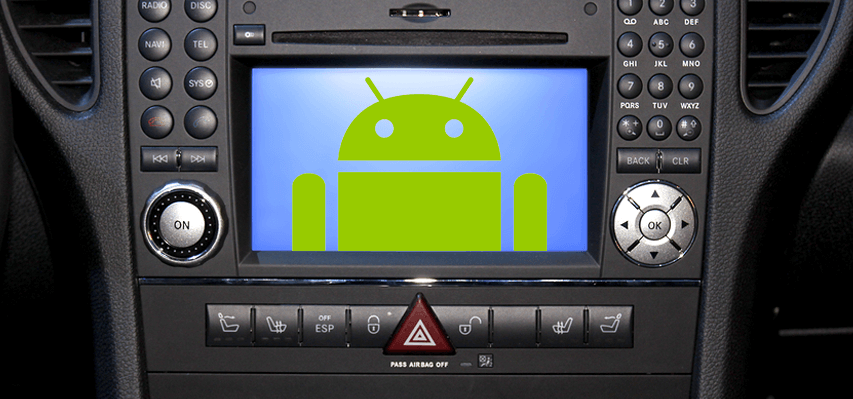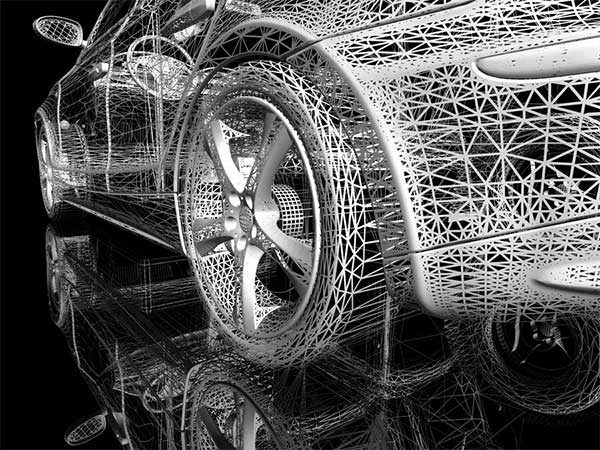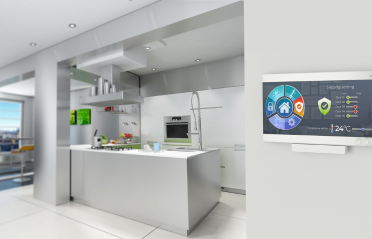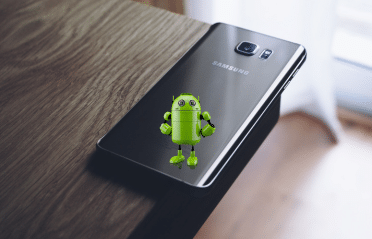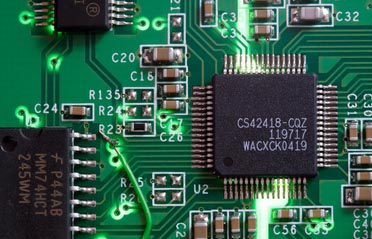In November of 2007, Google announced the Open Handset Alliance (OHA), which consisted of 34 companies whose goal is to “…accelerate innovation in mobile and offer consumers a richer, less expensive, and better mobile experience.” The OHA planned to achieve this goal by introducing the first free and open mobile OS, which we now know as Android.
Nearly seven years later, the OHA currently consists of 84 companies, and Android is the largest mobile OS in the world. According to Strategy Analytics, at the end of 2013, Android owned 79% of the global mobile market share.
The Open Automotive Alliance
At the beginning of 2014, with over one billion Android devices activated throughout the world, Google announced the Open Automotive Alliance (OAA). The OAA hopes to expand the popularity of Android by bringing the platform into the automobile. The car manufacturers involved in the OAA include Audi, General Motors, Honda, and Hyundai, and the first Android-connected cars are anticipated to appear by the end of 2014. If the past is any indication of what might happen, this could be a huge development in the automobile industry.
How Is Android Expected To Be Used In The Automobile?
In the initial announcement, no specific examples were given of what kinds of behavior we can expect from anAndroid connected car, but Sundar Pichai, Senior Vice President of Android, noted that, “The expansion of the Android platform into automotive will allow our industry partners to more easily integrate mobile technology into cars and offer drivers a familiar, seamless experience so they can focus on the road.”
So what should we expect from the first Android connected cars? Let’s take a look at three solutions that currently exist today in order to get a better idea of what is available and the features that some drivers are using
Dash
Dash is a hardware + software solution that integrates with On-board Diagnostics version 2 (available in cars from 1996 to current date), and can give you information such as travel history, information regarding your driving behavior, automatic crash notifications, diagnostic reports if your car breaks down, etc. There is even a social component that compares your driving with your friends, and unlocks achievements (in the form of digital bumper stickers) and promotions based on your driving score.
PLX Kiwi 2 Bluetooth
The Kiwi 2 Bluetooth is a hardware tool that connects to the on-board diagnostic port (version 2) and can communicate data from your car to your Android device via a bluetooth connection. PLX claims that this device is compatible with several applications, including Dash Commandand Torque. Both of these applications, along with the Kiwi 2 Bluetooth connector, allow you to monitor, in real time, information such as horsepower, torque, acceleration, gas mileage, fuel consumption, fuel economy, fuel pressure, air/fuel ratio, and various engine temperatures (a full list of features can be found on the Google Play pages linked above).
Renault R-Link
Renault is French automobile manufacturer that has developed its own Android platform, R-Link, that integrates and connects with automobiles. It is currently available on their ZOE, New Clio Hatchback/Estate/R.S., Captur, and New Kangoo Express line of cars. According to Renault, the R-Link features numerous multimedia functions such as navigation, radio, bluetooth connectivity for audio-streaming, as well as the ability to make phone calls. They also note that the R-Link can “…provide comprehensive information to help drivers optimise their route, range and remaining battery charge.”
So What Should We Expect?
As we can see from the three solutions listed above, there appears to be two main categories that third-parties are focusing on: entertainment and information.
In terms of handling information, current solutions utilize data from on board diagnostics (version 2). OBD-II was made mandatory in all cars made from 1996 onward, so we are confident in saying that the new Android connected cars will contain OBD-II. Using a 16-pin diagnostic connector, data about the vehicle can be queried from a controller area network bus (CAN-bus) via parameter IDs.
An automobile contains many electronic control units (ECUs) which control certain aspects of the vehicle. For example, cars have an engine control unit, speed control unit, transmission control unit, battery management systems, etc. The CAN-bus connects these ECUs, and is capable of sending and receiving information from these components. By using an OBD-II tool, a message can be sent to the CAN-bus which contains a parameter ID. The CAN-bus can interpret this message, and based on the parameter ID, it can query the appropriate ECUs for the information it needs. This information is then sent back to the OBD tool to be interpreted.
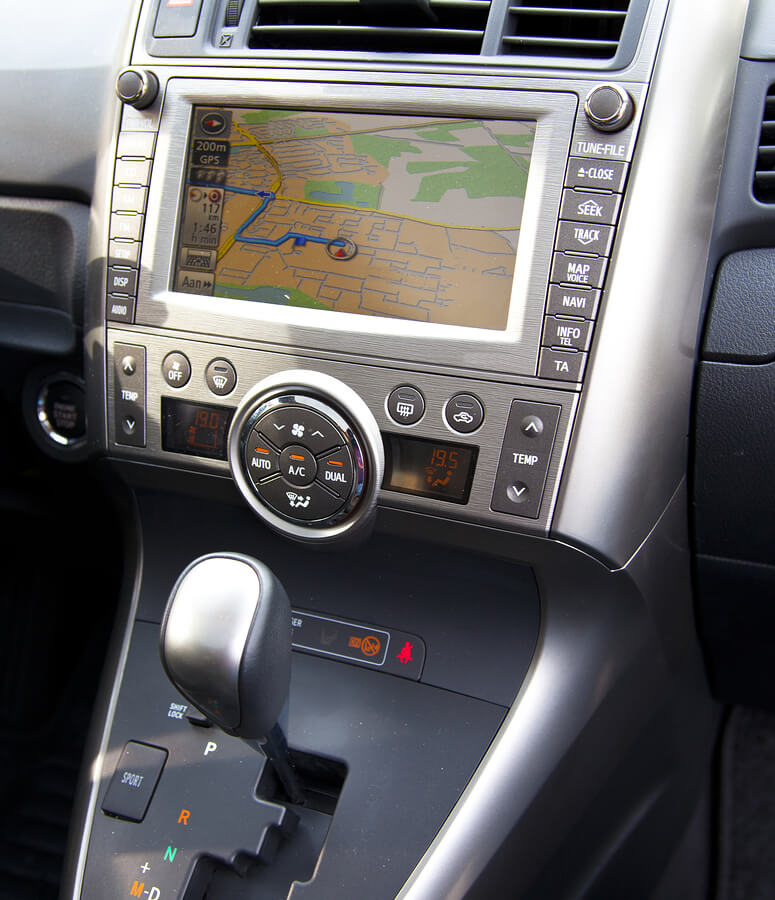
Entertainment
On the entertainment side of of things, current Android-to-Automobile solutions allow the user to stream audio from their phone, get driving directions via GPS, and make phone calls. Some even include a social component and promotions to encourage better driving behaviors.
Android currently provides many of these capabilities. For example, theGoogle Maps app provides driving directions using GPS. Wireless bluetooth capability, featured on most modern phones, allows users to stream audio and make phone calls using external bluetooth devices. Android contains speech-to-text and text-to-speech capabilities, which could provide quick and accurate hands-free driving. Google+ social integration could allow users to compare driving behavior with friends.
To Infinity And Beyond
The first Android connected cars are expected sometime in 2014. Using data provided from OBD-II, and using the power of Android to control entertainment, these vehicles could revolutionize the way drivers manage their transportation needs.
Are there any features you would like to see in an Android connected automobile? If so, let us know in the comment section below.
(Do you find this article interesting? You may want to check out our Embedded Android pages to read more about what we do in this space.)

 Product Engineering Services Customized software development services for diverse domains
Product Engineering Services Customized software development services for diverse domains
 Sustenance Engineering Going beyond maintenance to prolong life of mature products
Sustenance Engineering Going beyond maintenance to prolong life of mature products
 Managed Services Achieve scalability, operational efficiency and business continuity
Managed Services Achieve scalability, operational efficiency and business continuity
 Technology Consulting & Architecture Leverage the extensive knowledge of our Domain Experts
Technology Consulting & Architecture Leverage the extensive knowledge of our Domain Experts























